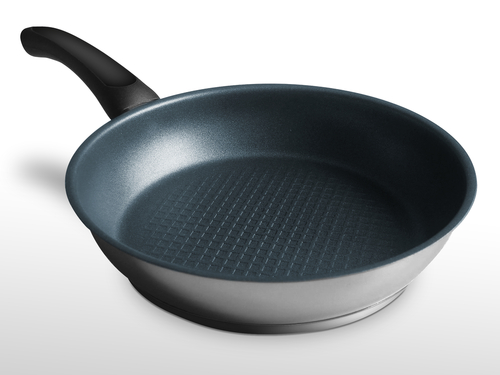
Massively used in precision mechanics, Teflon is the trade name of polytetrafluoroethylene (PTFE), a polymer belonging to the class of perfluorocarbons, which are added other stabilizing components and thinners to improve the application possibilities.Teflon is the trade name of polytetrafluoroethylene (PTFE), a polymer belonging to the class of perfluorocarbons, which are added other stabilizing components and thinners to improve the application possibilities.
It is the material with the lower coefficient of friction known and has a considerable resistance towards external agents, a high degree of non-stick properties and resistance to low and high temperatures (from -200 ° C to + 260 ° C). It is therefore considered one of the most stable plastics materials from the thermal point of view, great to be worked in the cnc precision mechanics also.
The PTFE was discovered accidentally by Roy Plunkett in 1938, during an attempt to manufacture a chlorofluorocarbon for use as refigerante for the compression cycles.
Some of Teflon characteristics, such as the total chemical inertia (which is not attacked by chemical compounds, except that of the alkali metals in the molten state, high-pressure fluorine and some of its compounds), the complete insolubility in water and organic solvents , the fire resistance, over wing surface smoothness and all’antiaderenza, make it indispensable in precision mechanics for gaskets and the parts intended for contact with corrosive agents, in the engines, to reduce the friction of the exchange, for vehicle windscreen wipers, as insulating material and for many other uses in the mechanical, computer and food.
